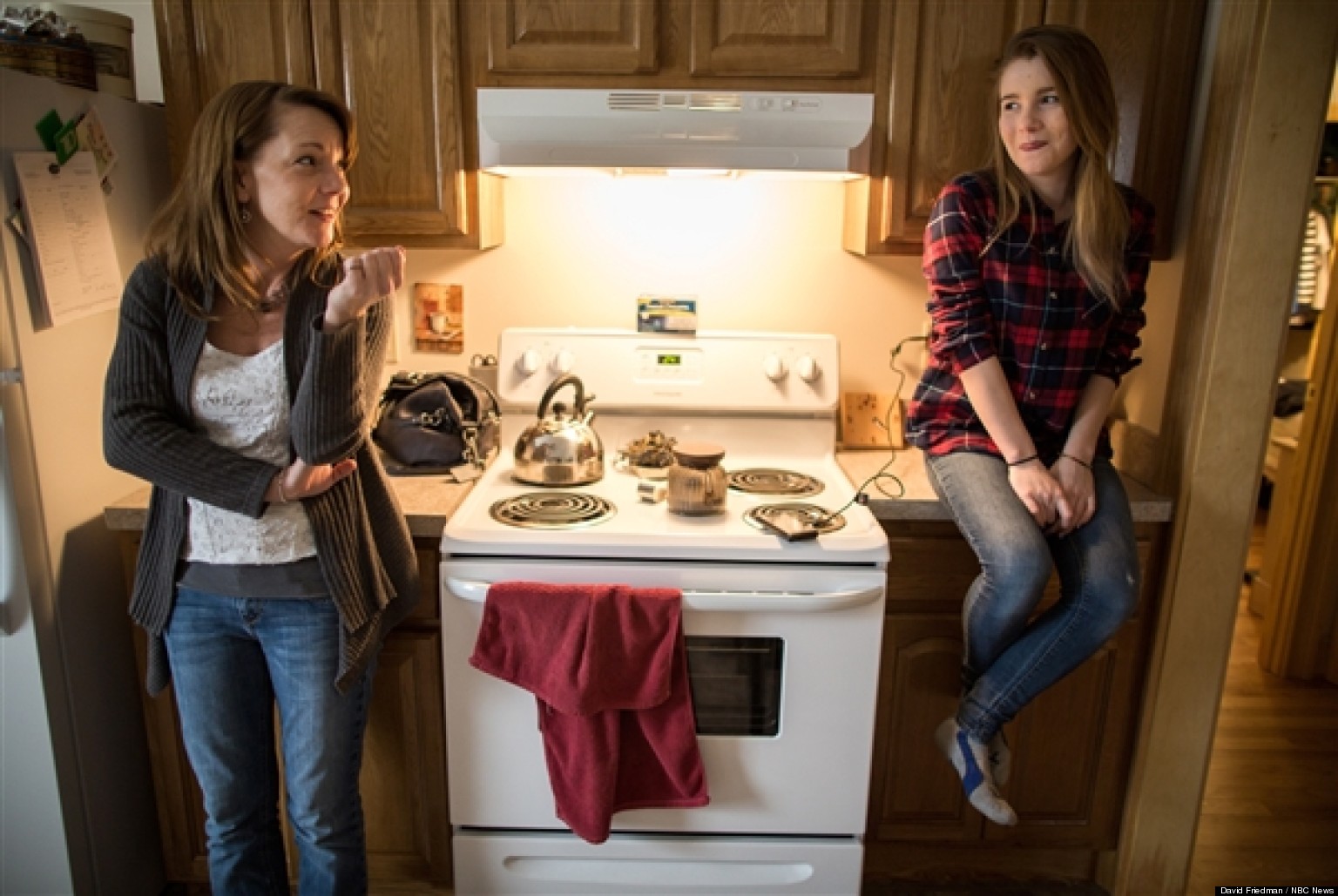

As of 2009, the number of people who were in poverty was approaching 1960s levels that led to the national War on Poverty. In the 21st century, the Great Recession helped to increase poverty levels again. Tents of the homeless in San Francisco, California, May 2020 Additionally, the institution of Social Security was one of the largest factors that helped to reduce poverty. Other New Deal initiatives that aimed at job creation and wellbeing included the Civilian Conservation Corps and Public Works Administration. Jobs were more expensive than direct cash payments (called "the dole"), but were psychologically more beneficial to the unemployed, who wanted any sort of job for morale. The Federal Emergency Relief Administration specifically focused on creating jobs for alleviating poverty. Many New Deal programs were designed to increase employment and reduce poverty. People who lost their jobs or homes lived in shantytowns or Hoovervilles. ĭuring the Depression, the government did not provide any unemployment insurance, so people who lost jobs easily became impoverished. Patterson refers to these people as the "old poverty," as opposed to the "new poverty" that emerged after the onset of the Great Depression. These farmers consisted of around a fourth of the South's population, and over a third of these people were African Americans. Great Depression Ī group especially vulnerable to poverty consisted of poor sharecroppers and tenant farmers in the South. Īnother social reformer, Jacob Riis, documented the living conditions of New York tenements and slums in his 1890 work How the Other Half Lives. It focused on studying the conditions of the slums in Chicago, including four maps color-coded by nationality and income level, which were based on Charles Booth's earlier pioneering work, Life and Labour of the People in London. This study included essays and maps collected by Florence Kelley and her colleagues working at Hull House and staff of the United States Bureau of Labor. The Progressive American social survey began with the publication of Hull House Maps and Papers in 1895. Neighborhoods in Chicago color-coded by income, published in Hull House Maps and Papers.Ĭatalyzed by Henry George's 1873 book Progress and Poverty, public interest in how poverty could arise even in a time of economic progress arose in the 19th century with the rise of the Progressive movement. However, between May and October 2020, some eight million people were put into poverty due to the economic effects of the COVID-19 pandemic and the ending of funds from the CARES Act. Census Bureau showed the percentage of Americans living in poverty for 2019 (before the COVID-19 pandemic) had fallen to some of lowest levels ever recorded due to the record-long period of economic growth. On the other hand, poverty guidelines are simpler guidelines that are used to determine eligibility for federal programs such as Head Start and food stamps. Poverty thresholds, which recognize poverty as a lack of those goods and services which are commonly taken for granted by members of mainstream society, consist of income levels. Census Bureau, used for statistical purposes, and the poverty guidelines issued by the Department of Health and Human Services, which are used for administrative purposes. federal government uses two measures to measure poverty: the poverty thresholds set by the U.S. population lived below the international poverty line of $2.15 per day in 2020. population earn less than $10 per day, with only 23 countries in the world having a lower percentage.

The poverty threshold in the United States was at $12,880 for a single-person household and $26,246 for a family of four in 2021. Although the US is a relatively wealthy country by international standards, poverty has consistently been present throughout the United States, along with efforts to alleviate it, from New Deal-era legislation during the Great Depression, to the national war on poverty in the 1960s and poverty alleviation efforts during the 2008 Great Recession. The vast majority of people living in poverty are less educated and end up in a state of unemployment higher incarceration rates have also been observed. Some of the many causes include income inequality, inflation, unemployment, debt traps and poor education. In 2020, there were 37.2 million people in poverty. In the United States, poverty has both social and political implications.

Number in Poverty and Poverty Rate: 1959 to 2017.


 0 kommentar(er)
0 kommentar(er)
